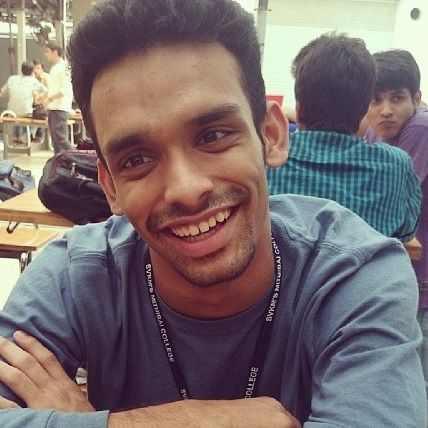The second coming of Roger Federer

Getty Images
If his skill epitomized Federer's first reign at the top, his performances and results since his comeback from injury, so far this year, can be attributed to sheer will power and passion for his craft. Moreover, this could be the start of Federer's second tenure at the helm of world tennis
Like him or not, there’s no denying the fact that Roger Federer possess an innate ability to play tennis. Ever since stepping onto a tennis court for the first time, Federer has enthralled audiences with sheer mastery over his craft. More importantly, he did all this while making one of the most physically demanding sports look all too easy, in the process.
And it is for these very reasons that many consider Federer to be the greatest player the game has ever seen. Such dominant displays also helped Federer create an aura of invincibility around himself and there were days when his opponents played his reputation, as much as they played the man.
Rafael Nadal was perhaps the first man to prove that Federer, despite his seeming invincibility, was still only human, in the unforgettable 2008 Wimbledon final. Novak Djokovic and Andy Murray entered the picture and made this point more evident than ever before. Together, Federer, Nadal, Murray and Djokovic went on to form what is famously known as the ‘big four’ in tennis. More importantly, Nadal, Djokovic, and Murray also ushered in an era of tennis that was based on power and stamina - baseline tennis.
The old technique of serve and volley was now replaced with a power game from the baseline, wherein opponents tried to out-muscle and outlast each other. In among all this, though, Federer managed to hold his own by sticking to the all-around methods that had brought him so much success. Having said that, there is also no denying the fact that, Djokovic and Murray had managed to ruffle Federer’s feathers since their arrival, owing to their physical styles of play.

 © Getty Images
© Getty ImagesMoreover, given that fact that Federer was certainly not getting any younger and with each passing day he needed to conjure up a plan to avoid getting involved in long rallies against the new generation of players. And it’s precisely for this reason that the Swiss maestro has added shots such as the ‘SABR’ and the ‘tweener’ to his repertoire, over the past few years. The fundamental purpose of both these shots is to allow Federer to finish off a given rally at the first available opportunity.
Despite making these minor adjustments to suit his age, Federer had failed to recapture a major title since 2012 and when he was dealt with a knee injury that ruled him out of the latter half of last year, many began to see the end of the road for Federer.
The second coming
As much as the tennis-watching world missed Federer during his lengthy absence last year, his return was highly anticipated for more reasons than one. Federer’s return was certain to test not only his physical and mental reserves but also his passion for the game. Having won everything the game has to offer and cementing his place among the greatest of all time, if not the best, Federer’s appetite for success was bound to be tested on his return. And if his performances so far are anything to go by, he’s certainly craving for more.
Not only did Federer surpass everyone’s expectations, including his own, to bag the first Grand Slam of the season, the tears that flowed from his eyes upon his victory are a testament to his desire for success. Even upon clinching his record-extending 18th Grand Slam in Melbourne, Federer’s enthusiasm for the game hasn't diminished one bit. And the fact that Federer beat his nemesis Nadal to clinch the title would have made the victory even sweeter. Moreover, Federer coming back from 1-3 down in the deciding set of the final, showed that he still possesses a steely resolve to fight, even when the odds are stacked against him.

 © Getty Images
© Getty ImagesAnd though Federer uncharacteristically failed to capitalize on a position of strength to be knocked out of the Dubai Open in the second round, following his Australian Open triumph, he bounced back in typical fashion by claiming his fifth title at Indian Wells yesterday with a 6-4 7-5 win over his compatriot Stanislas Wawrinka in the final.
In a way, Federer’s victory over Wawrinka was more demanding than the Australian Open final, given that the game was being played under the unforgiving sun at Indian Wells. Once again, Federer crossed paths with Nadal in this tournament in the run-up to the final. This time, however, the Swiss master outclassed the Spaniard in two straightforward sets.
And as luck would have it, Djokovic and Murray haven’t been at their best ever since Federer’s return, struggling with injuries and form alike, which means that the opportunity is there for Federer to dominate the tennis world, once again.
Even though the Swiss maestro picked up a record-equaling 5th Indian Wells title on Sunday, his victory has a much bigger significance. This might signal the beginning of Federer’s second coming. The only difference will be that if Federer’s first reign is seen as a result of his skill, his second one will be remembered for his passion and will.
